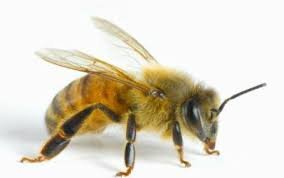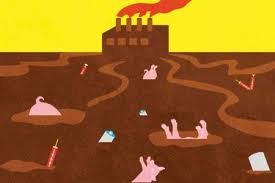an introduction to hydrology and essential terminology
Hydrology is a branch of the scientific and engineering discipline that deals with the occurrence, distribution, movement and properties of water above and below the land surfaces of the earth. It deals with the relations and interactions of water with the environment, including biota. Hydrological studies allow for the planning, design and realization of water…


